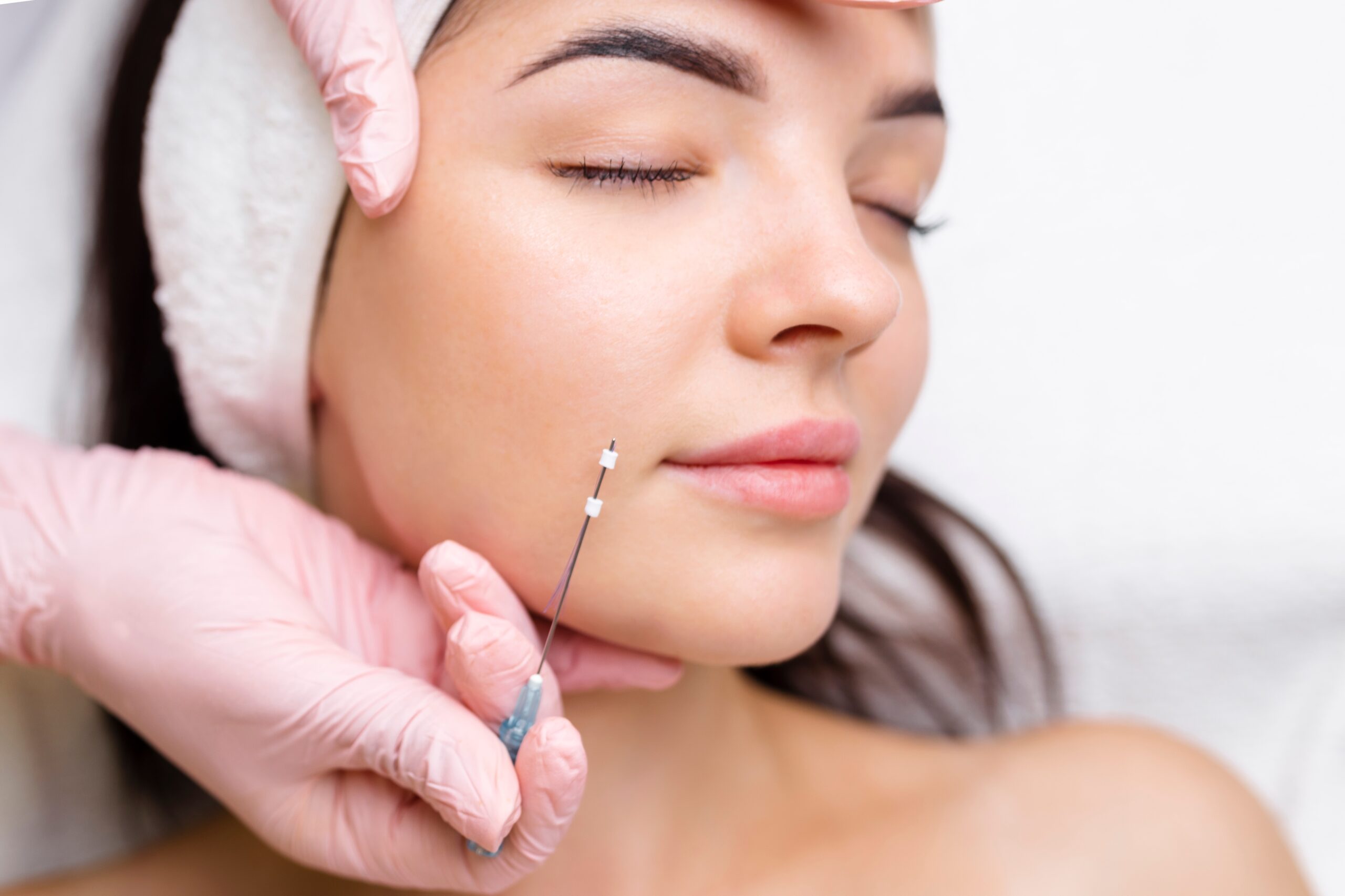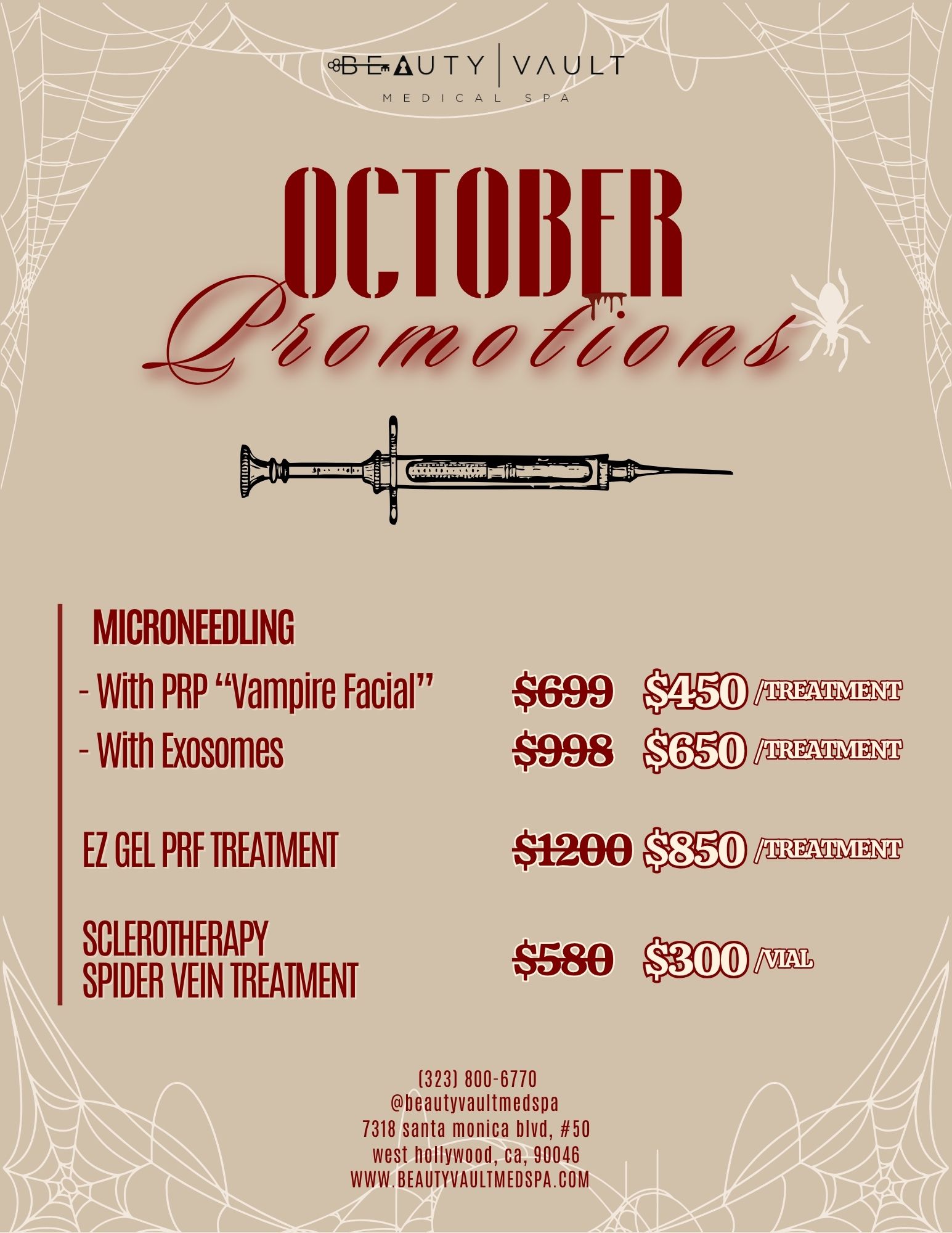PDO threads are textured filaments that revolutionize facial appearance and boost natural collagen production. Their growing popularity as a non-surgical facial rejuvenation option makes perfect sense. Does that mean it’s right for you, though? This piece will help you learn about PDO threads, their impact on your appearance, and the realistic results you can expect.
What Are PDO Threads and Why Are They Used?
PDO threads stand out as one of the most innovative advances in minimally invasive cosmetic procedures in the last few decades. A good understanding of these threads and their alternatives will help you make wise choices about your aesthetic options.
Definition and Origin of PDO Threads
Polydioxanone (PDO) threads are biodegradable sutures that your body naturally breaks down. These threads are made from a colorless polyester.
Medical professionals first created them to use in cardiac and internal organ surgeries. However, Korean practitioners started using these threads for cosmetic purposes about 20 years ago. Korean women preferred this approach instead of traditional cosmetic surgery.
These threads are thinner than a human hair but strong enough to reposition tissue effectively. Also, doctors can complete PDO thread procedures in under an hour. This quick treatment time has earned them the nickname “lunchtime facelift”.
Common Treatment Areas: Cheeks, Jawline, Under Eyes
PDO threads work well in many facial areas, including:
- Cheeks: These threads restore volume and contour. They lift sagging skin and improve texture by stimulating collagen.
- Jawline: The threads redefine your jawline and reduce jowls. Doctors use both bi-directional and multi-directional threads. This combination lifts skin upward and tightens the area under your jaw.
- Under eyes: Thread treatments in this sensitive area reduce drooping and fine lines. The result is a fresher look.
- Additional areas: These threads can lift your brows, define your nose tip, fix downturned mouth corners, and tighten your neck.
PDO threads also help with body concerns. They can improve sagging skin on your stomach, buttocks, back, thighs, and upper arms. The treatment works for cellulite and stretch marks, too.
The Science Behind Collagen Stimulation
PDO threads work their biological magic by triggering your body’s natural healing processes. These threads improve your skin’s regenerative abilities through targeted collagen stimulation, unlike traditional cosmetic procedures that just fill or remove tissue.
How Threads Act as Controlled Injury
Dermatologists refer to it as a “controlled inflammatory response” when PDO threads are placed under your skin. Your body starts a healing cascade after detecting these threads as foreign objects. This targeted micro-injury mirrors natural wound healing.
Basically, your body reacts just like it would to an accidental scratch—sending healing cells to repair the area. The PDO material is biocompatible, meaning your body recognizes it as safe but still responds to its presence. This response activates fibroblasts, the specialized cells that make collagen.
These threads serve two purposes during healing: they support sagging tissues and prompt your body to strengthen the area naturally through collagen production. They also create a framework for new collagen formation.
Collagen types I and III in Skin Regeneration
Collagen varies in its properties, especially during healing. This structural protein makes up about 30% of total protein mass in mammals. It gives skin its elasticity and mechanical strength while supporting cellular functions.
Collagen III takes on a vital early role in regeneration. Fibroblasts first produce type III collagen right after PDO thread insertion. This collagen creates the original framework for tissue repair and shows up abundantly in early healing.
Type I collagen gradually takes over as healing continues. It provides better tensile strength and becomes the main form in fully healed skin. The shift from type III to type I collagen creates optimal skin firmness and elasticity.
How the PDO Threadlift Procedure Works
PDO threadlift procedures need precision, skill, and careful technique to give optimal results. A clear understanding of each step will help you know what happens during this popular facial rejuvenation treatment.
Cannula Insertion and Thread Anchoring
Your Beauty Vault provider starts by cleansing the treatment area and applying a topical or local anesthetic to keep you comfortable throughout the procedure. After that, they mark specific points on your face to create a blueprint that guides thread placement. This personalized mapping makes sure threads target the exact areas that need lifting.
The next step involves using a fine, hollow needle or cannula to place PDO threads beneath your skin. Barbed or cog threads have tiny barbs that latch onto your skin tissue, allowing your provider to gently pull and reposition sagging areas.
The whole procedure usually takes 30 to 45 minutes, depending on the number of threads needed.
Post-procedure Healing and Collagen Synthesis
You might notice swelling or bruising right after your procedure. Keeping your head elevated during the first three to five nights helps reduce swelling. You should also avoid facial movements like big smiles, chewing gum, or wide yawns to prevent the new threads from moving.
The best healing happens when you don’t touch or massage treated areas for at least three weeks. You should also skip strenuous activities for one to two weeks after the procedure.
Your body continues producing collagen even as threads gradually dissolve over four to six months. Schedule follow-up appointments with your provider to check your healing progress and results.
What Collagen Stimulation Really Means for Your Skin
PDO threads offer more than just technical benefits. Many people really want to know what changes they’ll see in their skin. Let’s look at what you can expect from this popular treatment.
Visible Changes in Skin Texture and Tone
PDO threading changes your skin in distinct phases. The threads physically lift sagging tissues right after treatment. Your facial contours improve instantly, even before your body starts producing collagen.
Your skin then changes dramatically over the first few weeks. For instance, the skin becomes tighter and smoother between weeks two and four. Since the threads stimulate your body’s natural collagen production, your skin becomes more elastic as well.
Research shows remarkable results. About 90% of people say they look younger a year after their PDO thread procedure. The rejuvenation becomes more noticeable as collagen continues to develop under the skin’s surface, which helps improve tone and reduce fine lines.
Delayed But Long-lasting Improvements
PDO threads keep improving your appearance even as they dissolve. You’ll see the most important changes when collagen production peaks one to three months after the procedure.
Studies reveal an interesting long-term pattern. The effects might slightly decrease during the first year, but then they start increasing again. This happens because the collagen framework stays intact even after the threads dissolve completely in four to six months.
Why Results Vary by Age and Skin Condition
Your results from PDO threading depend on several factors:
- Age: People in their 30s-40s see results lasting about 12 months. Those in their 50s-60s see changes for six to nine months. Younger skin naturally has more collagen and better elasticity.
- Skin quality: People with elastic skin and good support structure keep their results longer than those with loose skin or substantial collagen loss.
- Lifestyle choices: Smoking, excess sun, and poor diet can accelerate collagen breakdown and shorten the treatment’s effects. Good hydration, sun protection, and healthy eating can extend the benefits.
The number of threads and treatments affects your results, too. Studies show better rejuvenation with more threads and frequent thread lift operations. This suggests that a comprehensive treatment plan might give you better results.
Get the Most Out of PDO Thread Lifts at the Beauty Vault
PDO threads mark a breakthrough in non-surgical facial rejuvenation. These threads give you immediate lifting effects and long-term benefits as they stimulate collagen production. If you’d like to see how it can change your skin for the better, the Beauty Vault team in West Hollywood will be happy to provide a consultation. Get started now by calling (323) 800-6770 or filling out a contact form.
FAQs
Q1. How do PDO threads stimulate collagen production?
PDO threads create a controlled inflammatory response in the skin, triggering the body’s natural healing process. This stimulates fibroblasts to produce collagen, particularly types I and III, which improve skin texture, firmness, and elasticity over time.
Q2. When can I expect to see results from PDO thread treatment?
Initial lifting effects are visible immediately after the procedure. However, the most significant improvements typically occur between one to three months post-treatment as collagen production peaks. Results can continue to improve for up to six months and may last 12 to 24 months.
Q3. Are there any common side effects of PDO threading?
Common side effects include temporary bruising, swelling, and occasional skin dimpling. These effects usually subside within a few days to a week. Applying cold compresses and keeping your head elevated can help minimize these side effects.
Q4. How does age affect the results of PDO threading?
Age plays a significant role in treatment outcomes. Younger individuals (30s to 40s) typically experience longer-lasting results—around 12 months—due to higher natural collagen levels and better skin elasticity. Those in their 50s to 60s may see results lasting about six to nine months.









